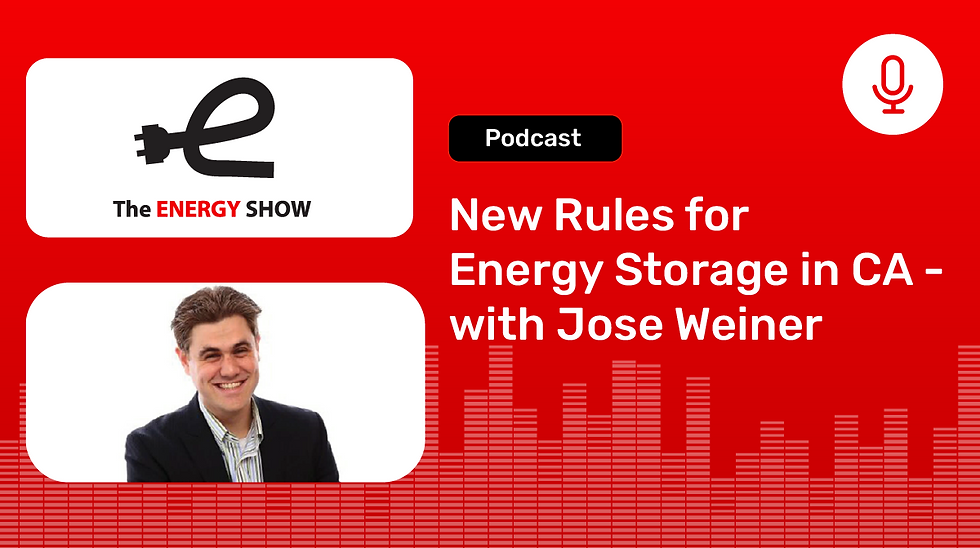
In the early days of solar and storage, virtually every system used lead acid batteries to store daytime energy and use this energy at night. Although these systems functioned well, they required a lot of maintenance (you can tell old-time battery installers from the acid burns in their jeans), were quite heavy, had complicated control systems and had limited lifetimes. Net metering alleviated the need for battery storage. But now with changes in net metering, Time of Use (TOU) rates and poor grid reliability, batteries are experiencing a resurgence.
Part of the reason for this battery comeback is that new lithium ion battery storage systems overcome almost all the disadvantages of lead acid systems (they are still somewhat expensive). These systems are designed to be installed next to your solar inverter, have integrated battery management and control systems, and require no maintenance over their guaranteed 10 year lifespans.
Utilities are moving their peak electric rates from mid day to the late afternoon and evening when the sun doesn’t shine. With battery storage, customers can time-shift their energy use -- running their homes and businesses from stored energy in their battery, and replenishing that battery the next day when the sun is shining. Many of these battery systems can also provide backup power during a grid outage — or one of the “Planned Power Outages” that utilities implement to prevent power line-caused fires.
The best news is that many states, including California, provide rebates to reduce the costs of battery storage systems. Please tune in to this week’s Energy Show as Josh Weiner from Sepi Solar joins us to explain the codes and standards that apply to the installation of energy storage systems.

Comments